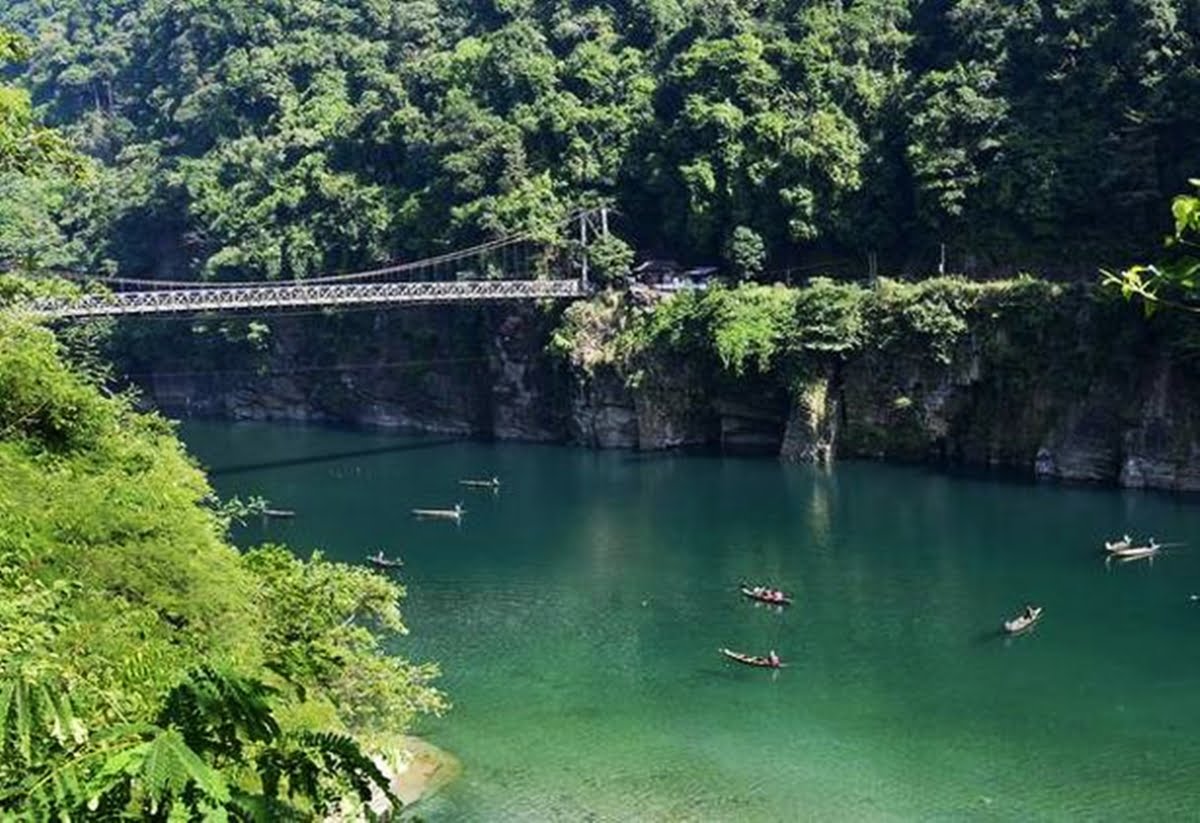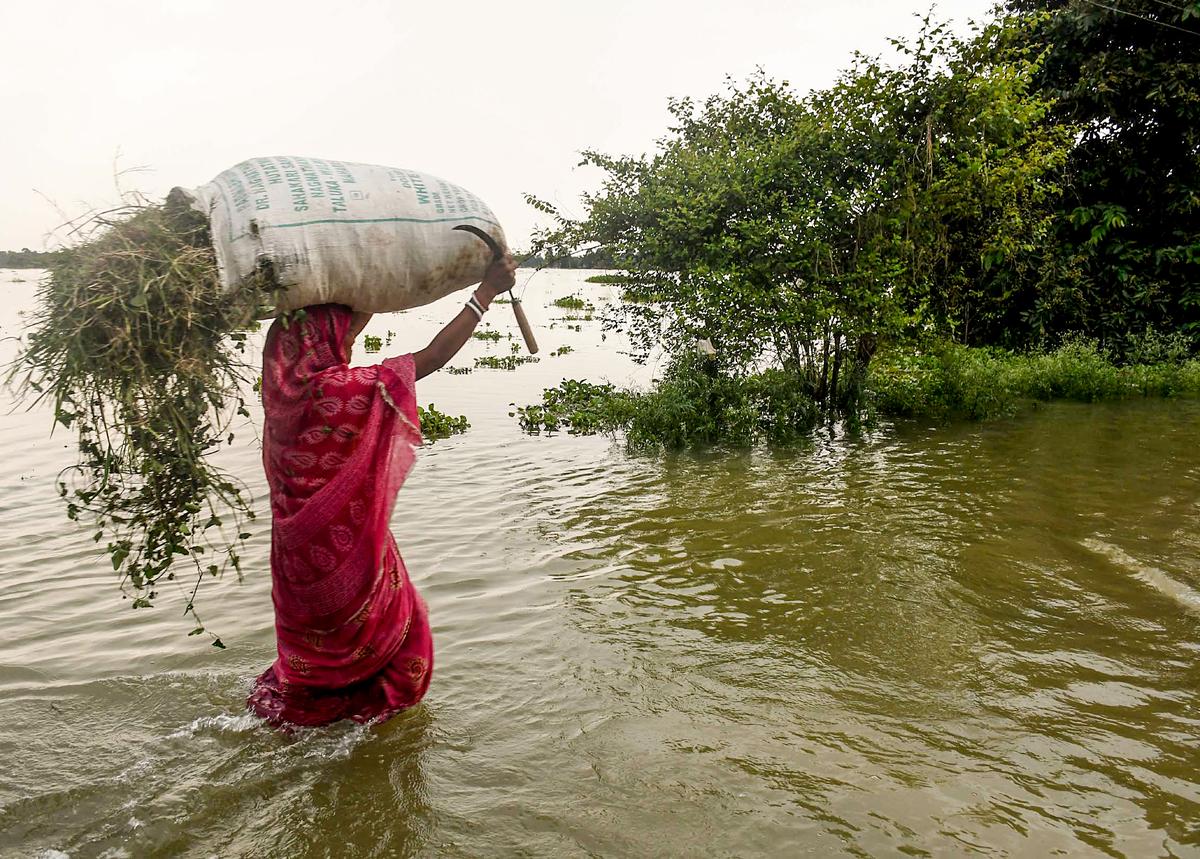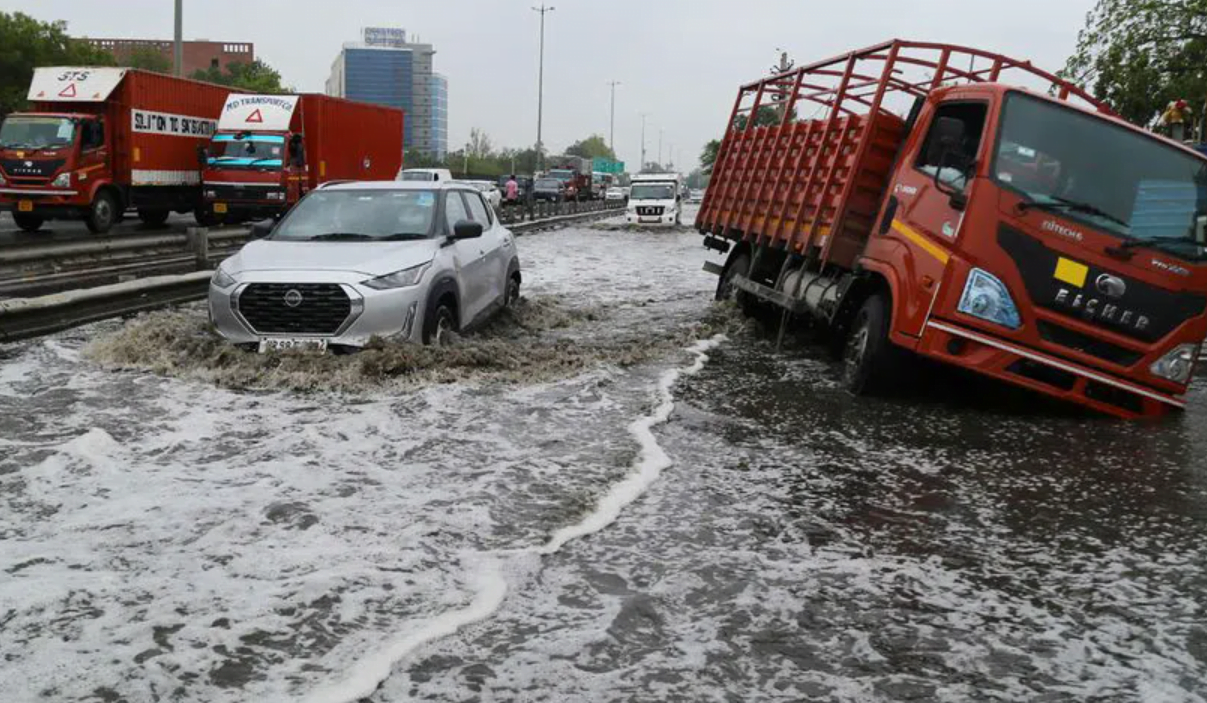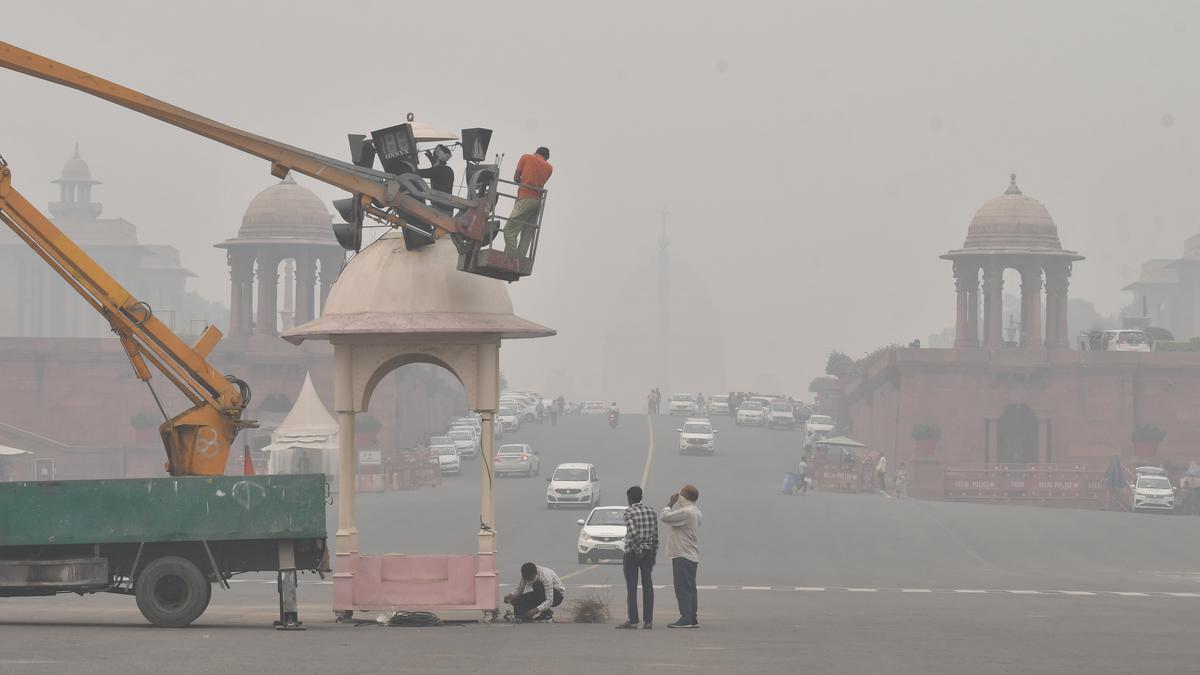A 210 MW hydroelectric project proposed to be implemented on Meghalaya’s Umngot River is being met with strong resistance from locals of at least 12 villages around the Bangladesh border. The dam is proposed to be constructed upstream in the adjoining West Jaintia Hills on the Umngot river considered to be the cleanest in India.
According to The Shillong Times, the state has planned to go ahead with the dam project, thus not paying heed to the demands of the protesters, justifying its decision by stating that the project might make the state self-sufficient when it comes to power supply.
The locals are protesting because they believe that this project, if executed, will lead to a loss of livelihoods for several people who depend on tourism. The Umngot river attracts many tourists for its enchanting beauty with crystal clear water, so clean that the boats appear to float on the surface, and one can see the bottom of the river and the fish inside.
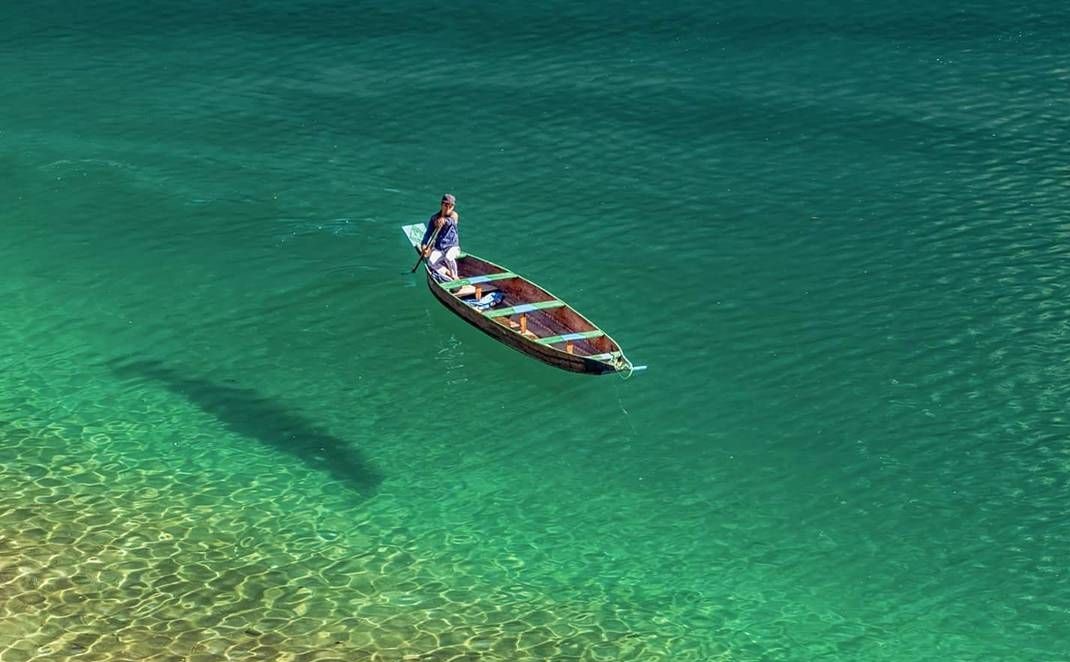
The protesters obstructed public hearings scheduled by Meghalaya State Pollution Control Board (MSPCB) on the project at Siangkhnai village in East Khasi Hills on Thursday and at Moosakhia in West Jaintia Hills district on Friday, increasing the pressure on the state government and Meghalaya Energy Corporation Limited (MeECL) to scrap the project.
Also read: The Dhangar Reservation Morcha: A Lesser-Known Movement
Many villagers completely depend on the Umngot river for livelihood and will be heavily hit by the construction of the dam. People residing in the downstream areas are also distressed about the potential disruption in the availability of water in areas of Darang, Shnong Pdeng, and Dawki.
Many villagers completely depend on the Umngot river for livelihood and will be heavily hit by the construction of the dam. People residing in the downstream areas are also distressed about the potential disruption in the availability of water in areas of Darang, Shnong Pdeng, and Dawki.
According to the project report by the Meghalaya Energy Corporation Limited (MeECL), the project is being implemented to narrow down the gap between demand and supply of power and to improve the ratio of hydro and thermal/fossil fuel power generation. It also says that “the people around the project area are expected to reap many indirect benefits that would bring about a transformation in the uplift of their socio-economic conditions.”
Yet it doesn’t seem to acknowledge the needs of the locals and the negative impact that this project will have on their daily lives. There is a lack of communication between the authorities and the protestors and negligible coverage of the protests by the mainstream media. The main concern of the locals is that building a dam over the majestic Umngot river, which is a major tourist spot for those visiting Meghalaya, will obstruct the beauty of the place and thus, lead to a fall in the numbers of visitors. That the authorities have so far not tabled the decision with important stakeholders like the locals themselves shows how little the former are concerned about the latter’s livelihood prospects.

In addition to how this will hamper the tourism sector, the report acknowledges that the locals of 13 villages will lose 296 hectares of land due to submergence of the land, if the dam is constructed. The protesters fear that this project will cause irreparable losses by wiping out Shnongpdeng and Dawki from the tourism map. There is little to no mention of resettlement and rehabilitation other than a proposed monetary compensation.
Mahila Congress president, Joplyn Scott Shylla asserted that “The gradual landlessness of our farmers is an important aspect that the state and society should look at from the socio-economic viewpoint and not just from a commercial point,” opposing the project on account of its environmental and social implications. She asserts that villages like Umsawwar, Darrang, Amkoi, Shnongpdeng and Dawki that depend heavily on the tourism activities for their livelihood will be directly impacted by the project.
However, the residents of Nohron, Syntung, Jatah Nonglyer, Siangkhnai Nonghulew and some other villages have exhibited their support for this mega-dam project.
Displacement of Adivasi and tribal communities on account of economic and industrial expansion without proper remedial and rehabilitation plans in place is not new. The locals are the ones immediately affected by these mega-projects that deprive them of their livelihoods, homes, and land with little to no regard for their long-term wellbeing.
Monetary compensation doesn’t appear to come close to rehabilitation, given how transient and short-sighted it is, when their main source of income itself is uprooted. The responsibility lies in the hands of the governments and authorities to credibly assess, diagnose and deal with the implications of these projects. The social cost of mega-dam projects is an unwelcome disruption in the lives of locals, especially the Adivasi communities, whose needs are overlooked and whose voices are silenced or worse, ignored. Yet they are the ones who live with the long-lasting social, economical, and environmental repercussions of these developmental projects.
Also read: The Impact Of Covid-19 On Assam’s Women Weavers
Especially for precious spots such as the Umngot river, which supports many in their day to day lives and is a national treasure; the marring of its beauty being a greater concern than it is currently assumed to be.
An important question that arises here is, who decides what is the best for residents of these villages? And what must be the course of action? Shouldn’t there at least be a dialogue between the two parties? The diminution of the demands and resistance by protestors only widens the gap between the marginalised and those in power, furthering the losses.
An empathetic stance would be to have a balanced dialogue with all the strakeholders, especially the locals direcntly affected, and a measured discerning of the pros and cons of such initiatives, as opposed to embarking on their implementation without even considering the needs and legitimate concerns of the villagers who come in the influence zones of these projects.
Especially for precious spots such as the Umngot river, which supports many in their day to day lives and is a national treasure; the marring of its beauty being a greater concern than it is currently assumed to be. As for the mainstream media, the emphasis needs to be on the amplification of the voices of the marginalised, especially when they are already weakened and silenced.
Featured image source: The Hindu
